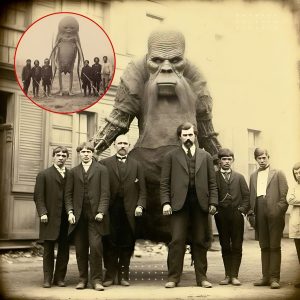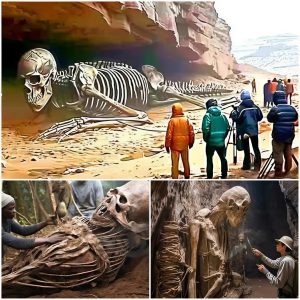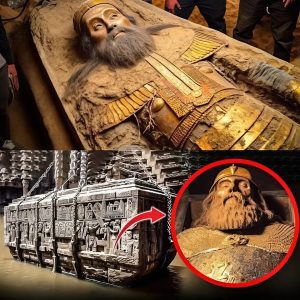The Significance of Gilgamesh
- Mythological Background: Gilgamesh is the protagonist of the “Epic of Gilgamesh,” a poem dating back to the early 3rd millennium BCE. The epic describes him as a demigod, two-thirds divine and one-third human, renowned for his unmatched strength and wisdom. His quest for immortality and the poignant lessons he learns along the way have made his story one of the most enduring in world literature.
- Historical Debate: For centuries, scholars have debated whether Gilgamesh was a real historical figure or purely a mythological character. While some ancient texts list him as an actual king of Uruk, evidence proving his existence has remained elusive—until now.
Inside the Tomb
- The Sarcophagus: At the center of the burial chamber lay a massive sarcophagus, intricately carved with scenes from Gilgamesh’s life, including his legendary battles and his friendship with Enkidu. The craftsmanship and detail suggest the work of highly skilled artisans, likely commissioned by a royal court.

- Artifacts and Treasures: Surrounding the sarcophagus were numerous artifacts, including weapons, jewelry, and ceremonial items, many of which are adorned with symbols associated with divinity and kingship. These objects provide insight into the wealth and power that Gilgamesh would have commanded as a ruler of Uruk.
- Inscriptions: The walls of the tomb are covered with cuneiform inscriptions, some of which recount the exploits of Gilgamesh as described in the epic. Others seem to offer prayers and invocations to the gods, seeking their protection over the resting place of the king.
Implications of the Discovery
- Bridging Myth and History: If the tomb is indeed that of Gilgamesh, it would provide concrete evidence that the legendary figure was based on a real historical person. This could lead to a reevaluation of other mythological figures from the ancient world and their potential historical counterparts.
- Cultural Insights: The artifacts and inscriptions found within the tomb offer a treasure trove of information about the religious beliefs, burial practices, and daily life of the ancient Sumerians. They also highlight the importance of Gilgamesh as both a historical ruler and a cultural icon.
- Scientific Analysis: The remains found within the sarcophagus, if well-preserved, could allow for genetic analysis and other scientific studies. Such research could reveal more about the physical characteristics of Gilgamesh and his lineage, as well as the health and lifestyle of the people of Uruk.





